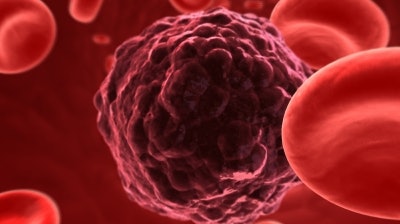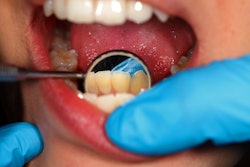
Researchers at the University of Michigan are highlighting a new metric they identified that they say articulates the relationship between nerve density and oral cancer, the results of which were published recently in Clinical Cancer Research.
The team, led by Dr. Nisha D’Silva, PhD, reported that tumors with high normalized nerve density (NND), or variation in the distribution of nerves in the oral cavity, are tied to poor survival for patients with tongue cancer. They also showed that patients with high NND and a smaller distance between the nerve and the tumor have poorer outcomes (Clin Cancer Res, April 11, 2023).
Perineural invasion in oral cavity squamous cell carcinoma is linked to poor survival. The researchers also pointed out that because of the risk of recurrence, patients often receive additional therapies after surgery. Previous research has suggested that nerves in the tumor microenvironment promote aggressive tumor growth.
The researchers wanted to further investigate NND to translate previous mechanistic studies into a context that could be used in the clinic. They explored how the density of nerves within a tumor is associated with its growth.
The team created a standardized metric for nerve density to account for variations in how nerves are distributed in the oral cavity. They named this metric the normalized density curve. The metric also used nearby tissue to compare and determine a normalized density for different regions in the oral cavity.
The researchers reported that disease-specific survival decreased with higher intratumoral nerve density and normalized nerve density in tongue cancer. They also showed associations between NND and an unfavorable pattern of invasion and perineural invasion.
The team also relayed that dorsal root ganglia in its model increased tumor size, while denervation decreased tumor growth. Finally, the research team reported that automated and manual detection of nerves showed high concordance, with an F1 score of 0.977. The team suggested that if it can be determined which cancers will act more aggressively from the outset, they can then be treated more aggressively.



















